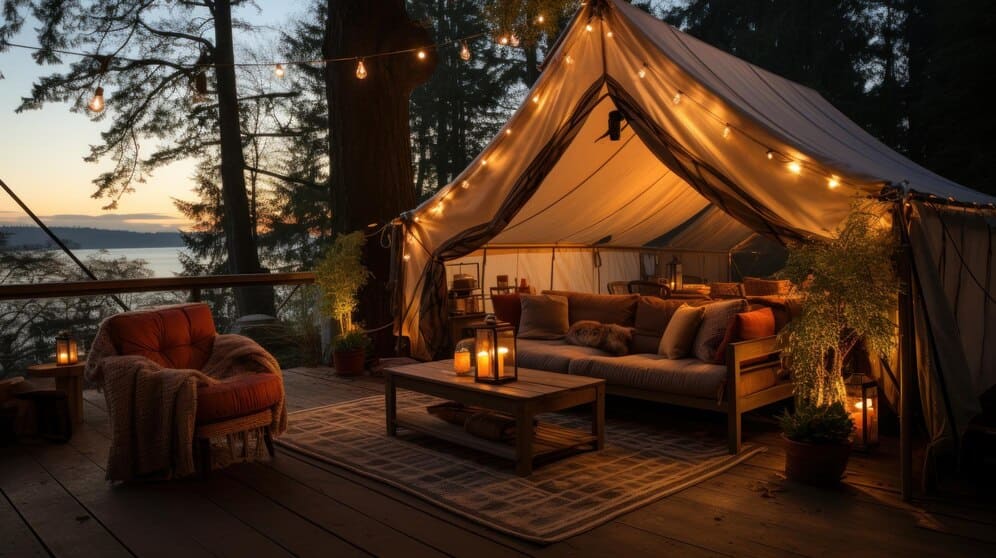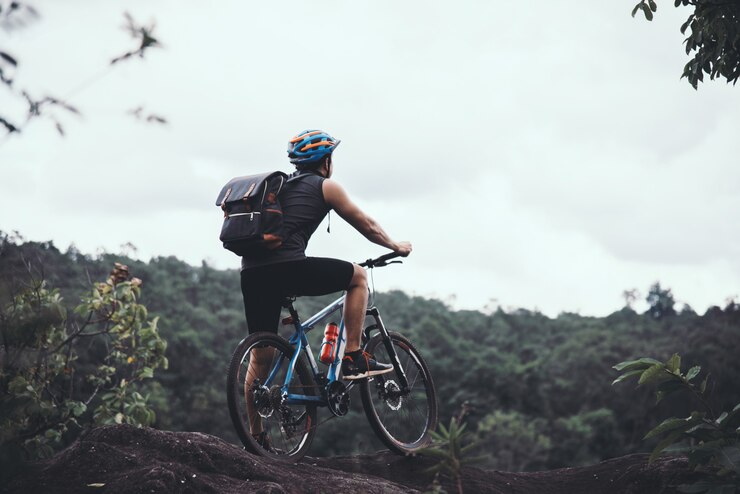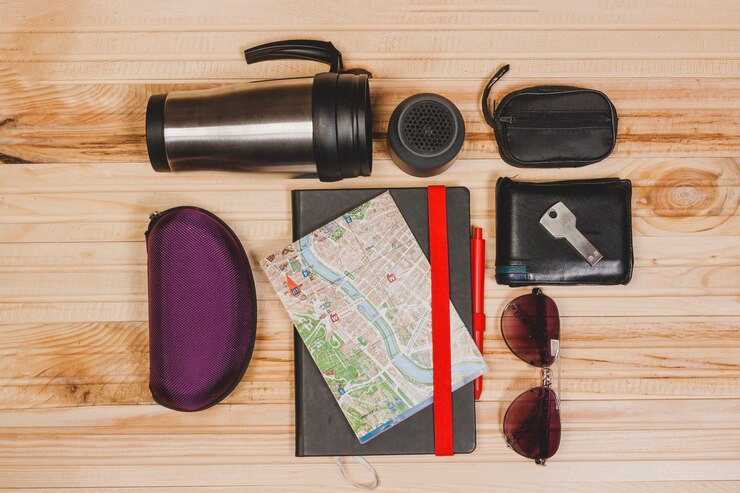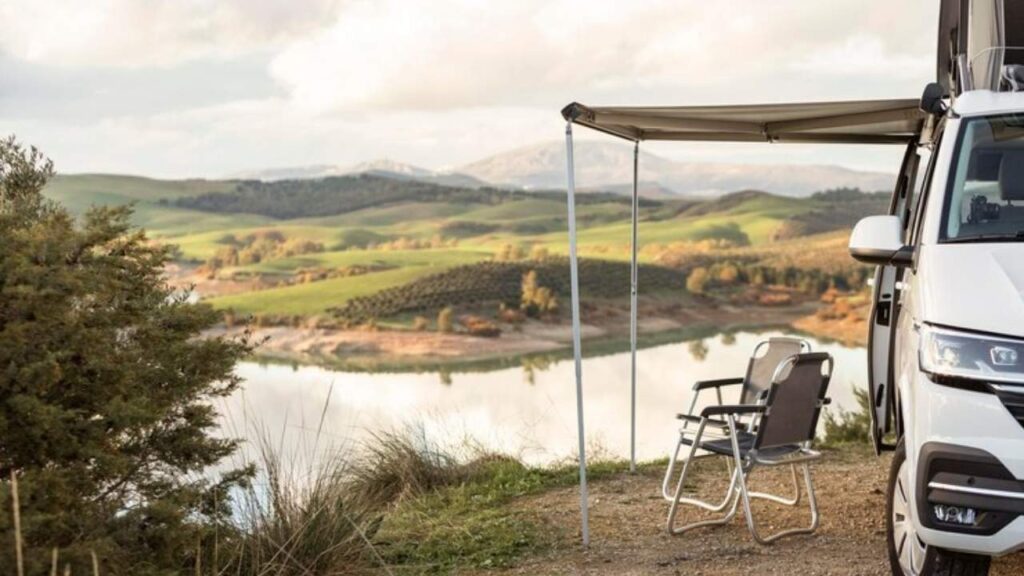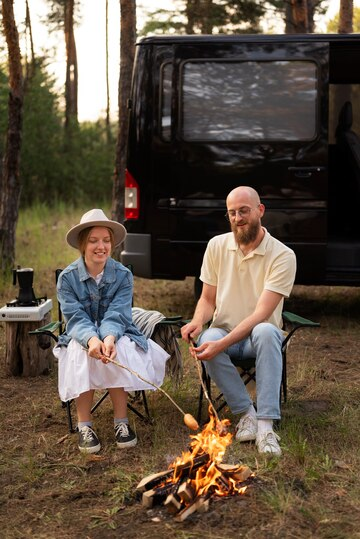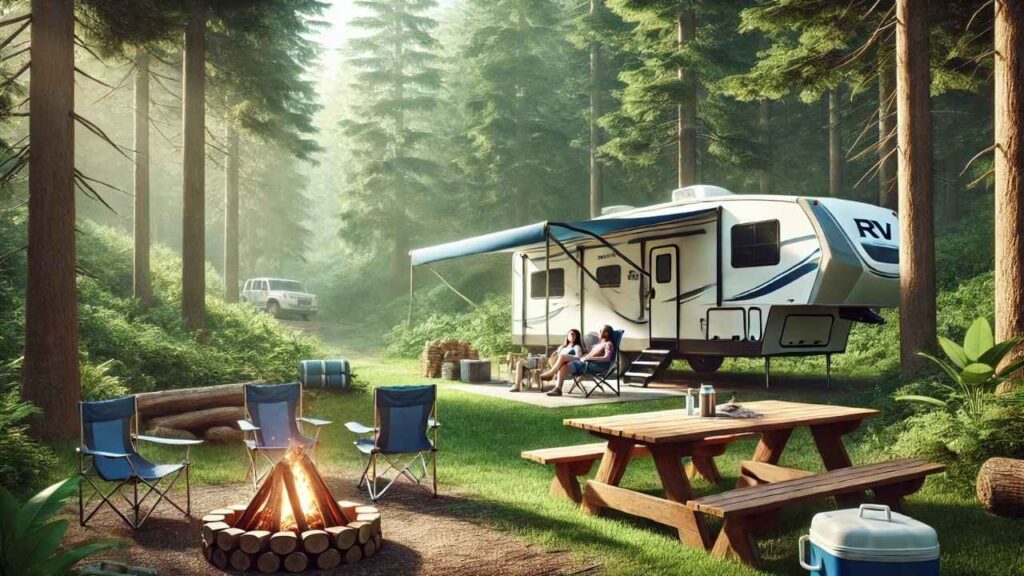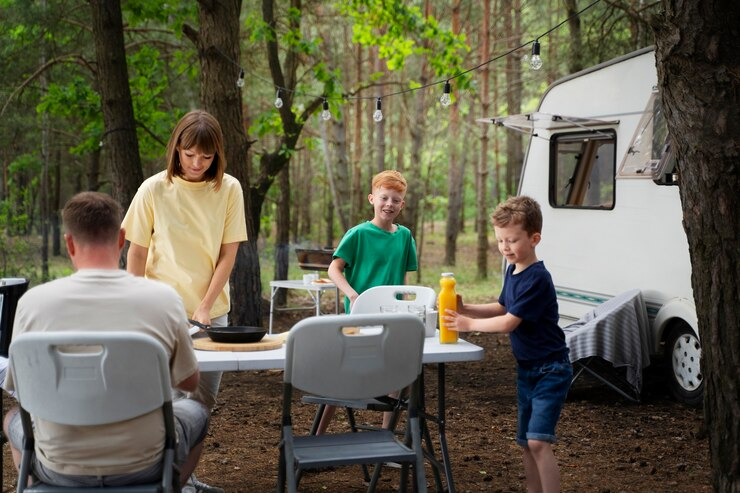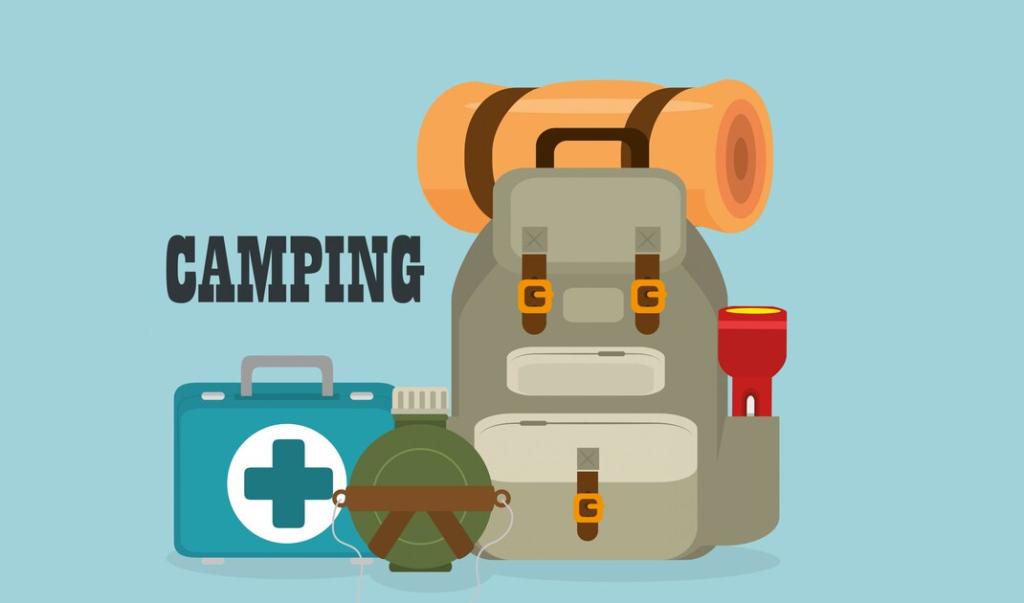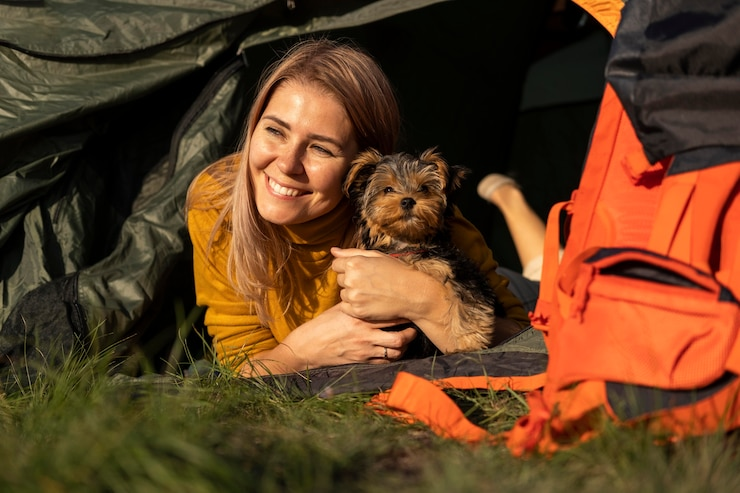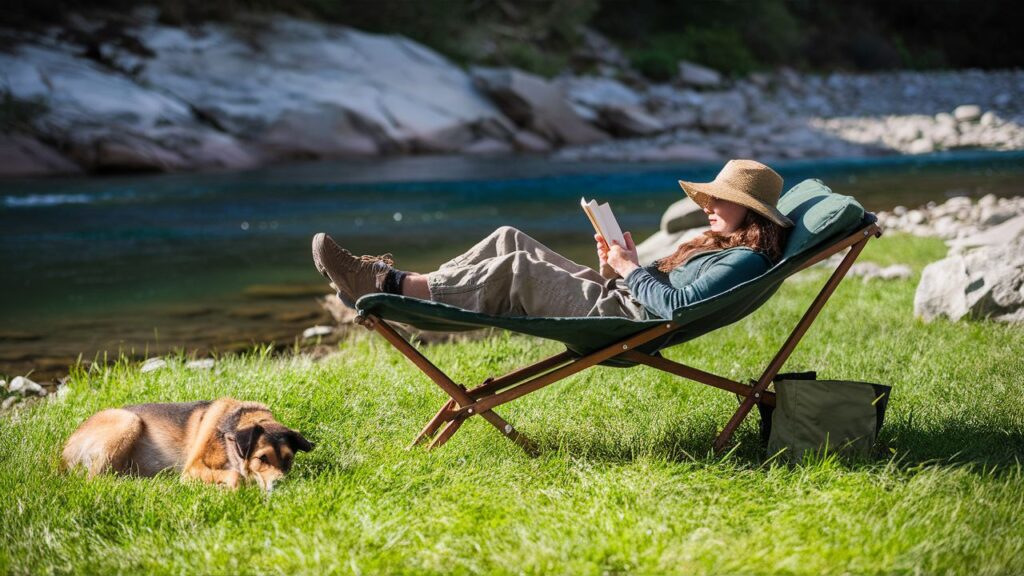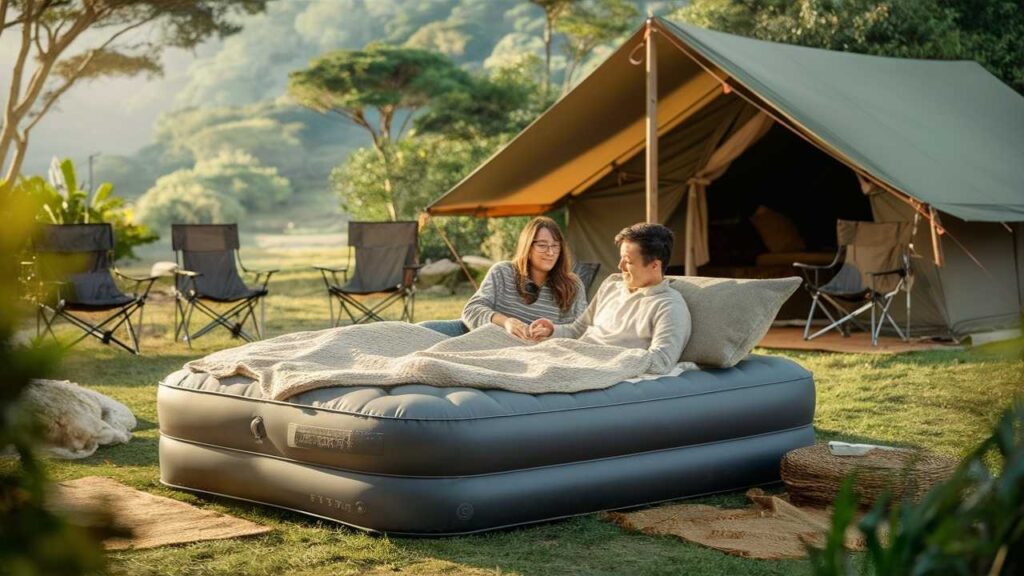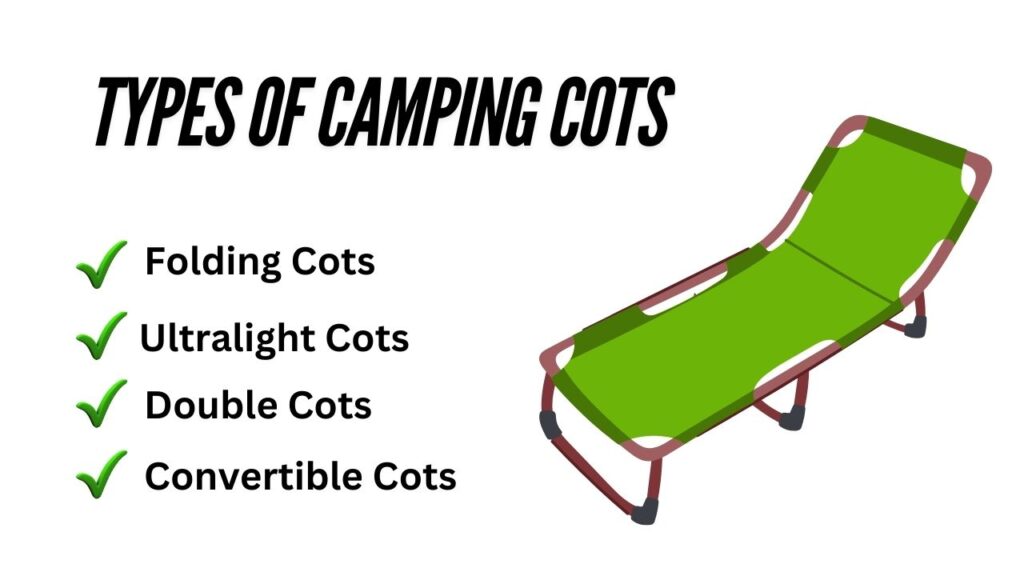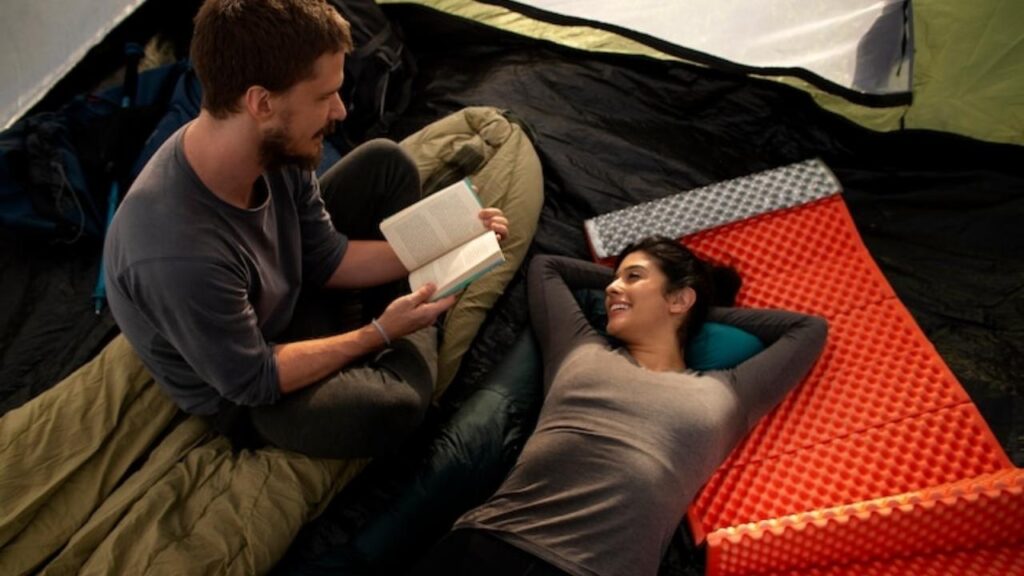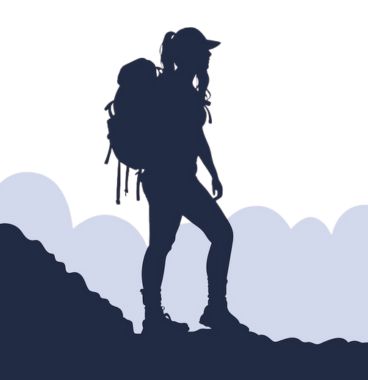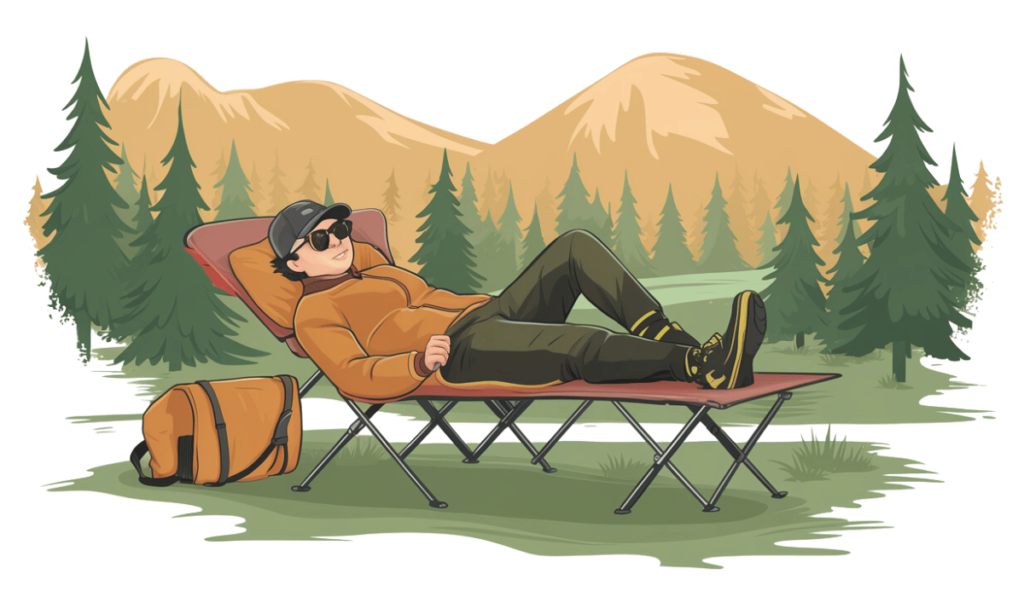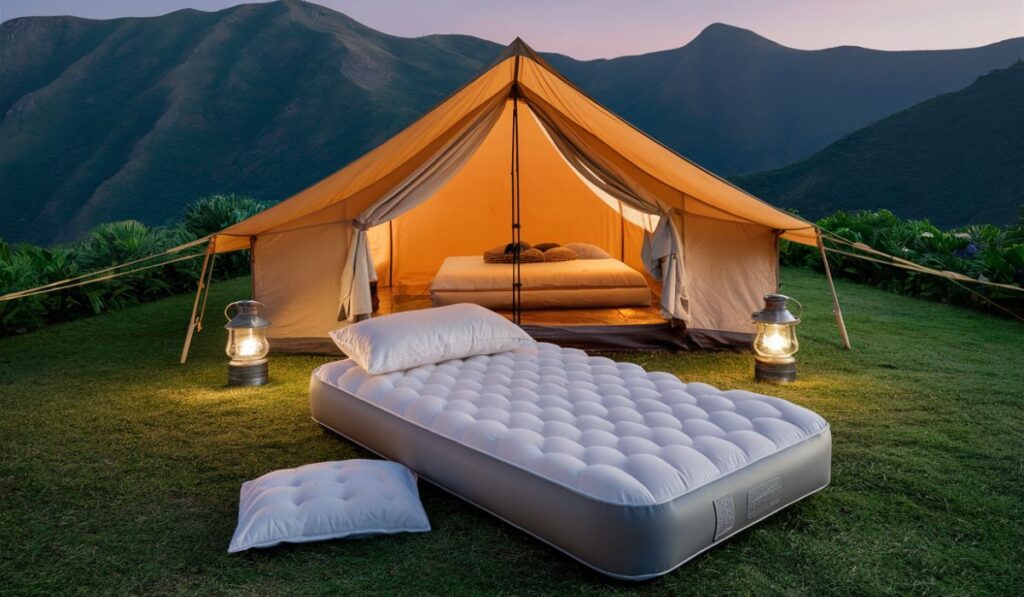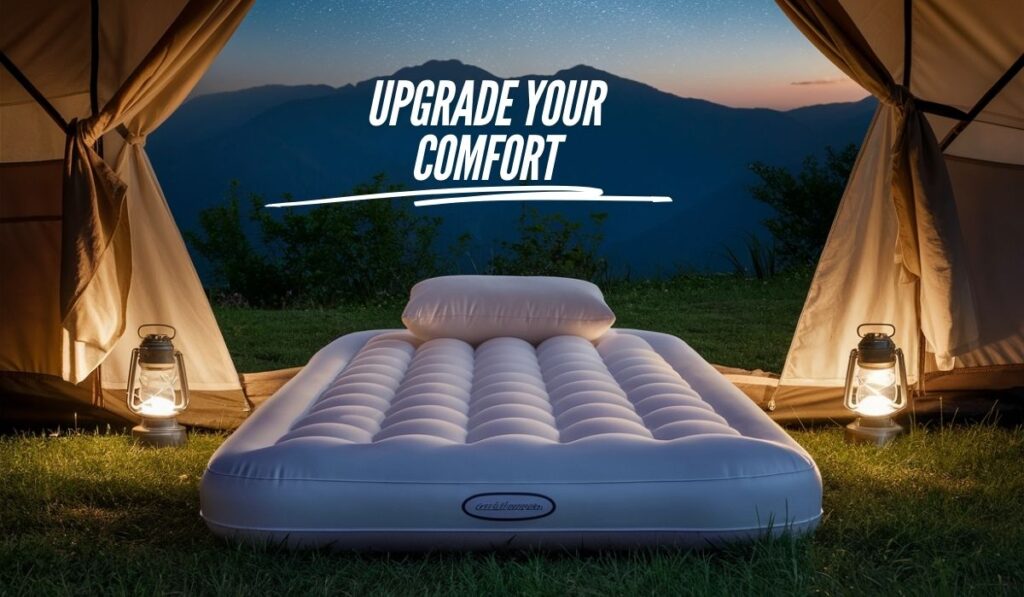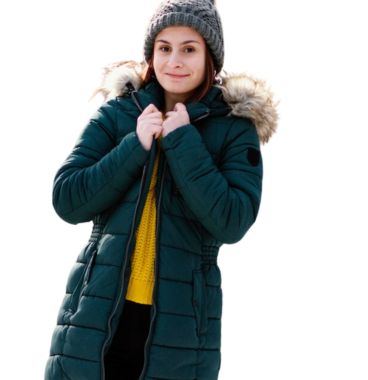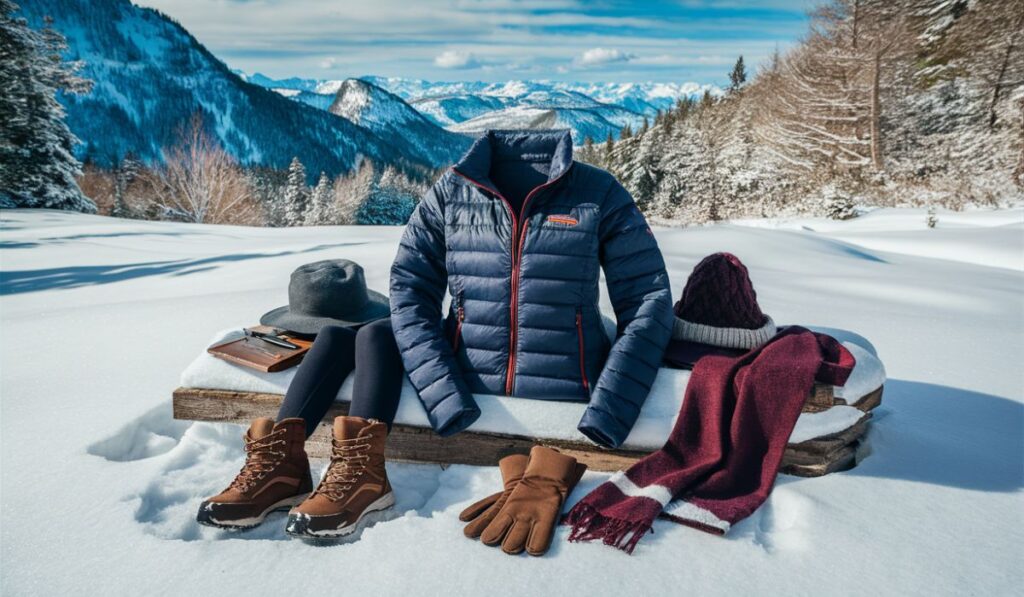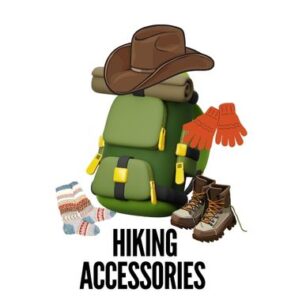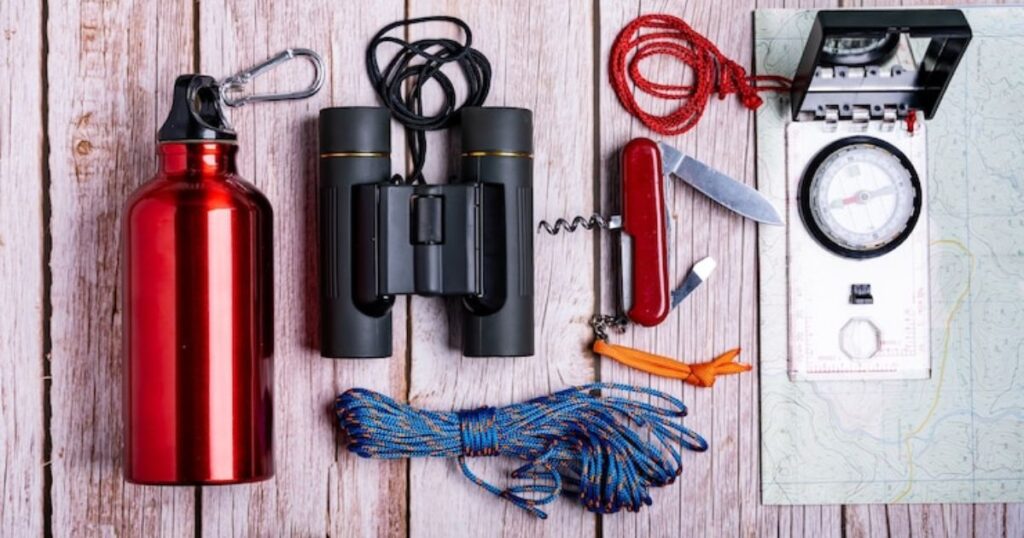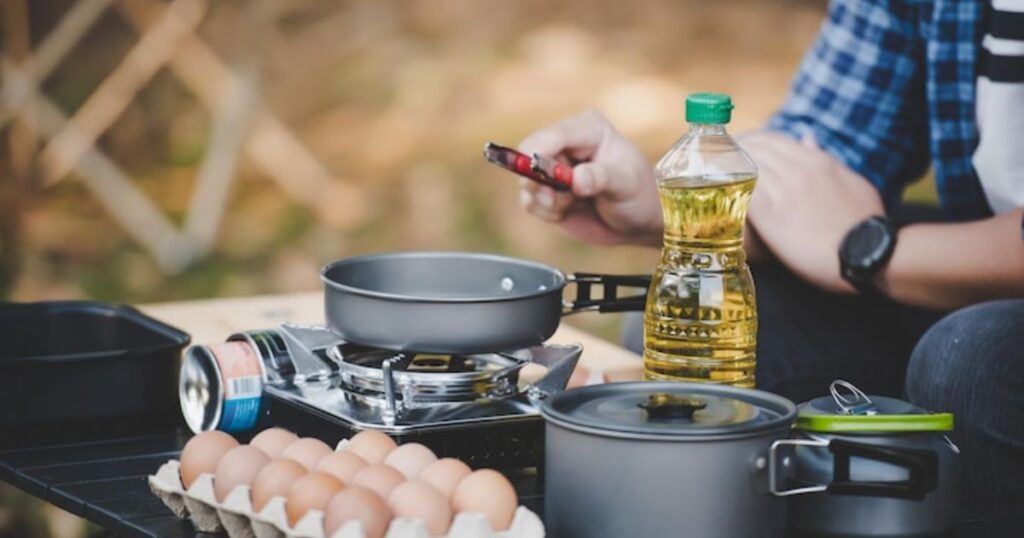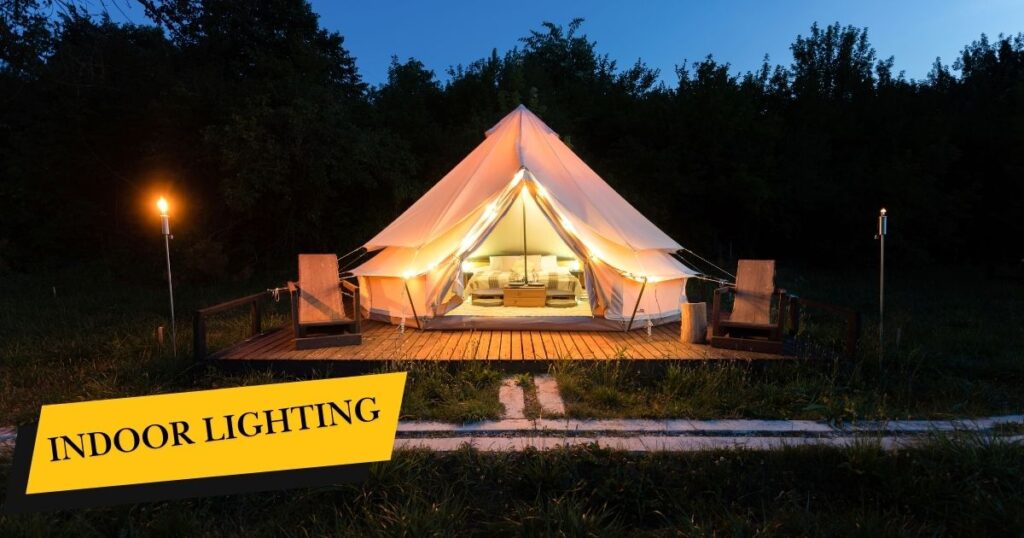7 Best Glamping Tents: Elevate Your Camping Experience
Ahad
/ October 30, 2024
Camping has evolved, and glamping, or glamorous camping, is all the rage for outdoor enthusiasts who want to experience nature without sacrificing comfort. The best glamping tents are not just shelters; they’re cozy retreats with unique aesthetics and high-end functionality, allowing you to connect with the outdoors while enjoying the perks of a well-designed living space. Whether you’re a camper glamper in search of a tent that mirrors your luxury taste or someone exploring glamping for the first time, this guide will walk you through the most popular options for your next adventure.
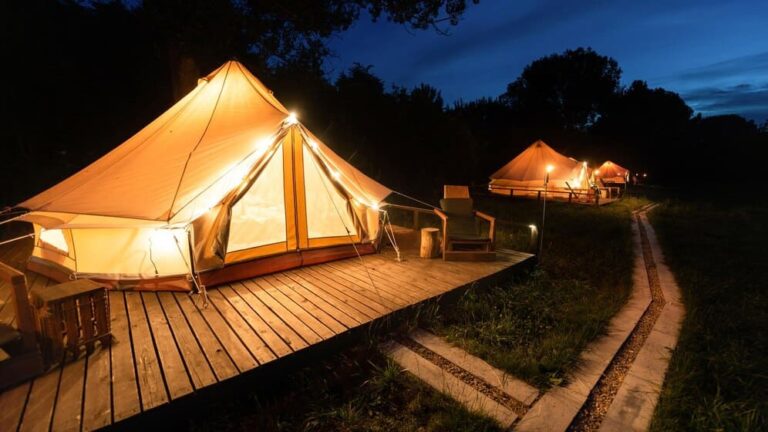
Why Glamping?
Traditional camping is about roughing it, but glamping offers an upgrade that merges nature with style, comfort, and convenience. These tents are often spacious, beautifully designed, and outfitted with the essentials (and even extras) to ensure you feel at home while camping. For nature lovers who aren’t keen on sacrificing creature comforts, glamping tents allow for the ultimate experience—camping with a splash of luxury.
1. Bell Tents: The Classic Glamp Tent
Bell tents are quintessential glamping tents, boasting a simple yet elegant design. Their conical shape, created by a single center pole, offers an airy, spacious interior with ample room for multiple guests.
• Key Features
With sturdy, weather-resistant canvas, bell tents are known for durability, and many come equipped with mosquito-proof mesh doors and windows.
• Best For
Those wanting a rustic yet chic aesthetic. These tents provide a cozy haven, whether you’re camping in a forest or a meadow.
Some of the most sought-after bell tents come with added amenities like roll-up sidewalls and large, zippered entrances, allowing you to enjoy the breeze while indoors.
2. Yurt Tents: Spacious and Unique Glamping Style
Yurt tents are inspired by the traditional Mongolian yurts, offering a more open floor plan and higher headspace than standard tents. They provide a sense of spaciousness that gives them an almost cabin-like feel, making them ideal for tent camping glamping enthusiasts.

• Key Features
Yurts have a circular design with flexible yet durable fabric and typically a wooden or metal frame to support the walls.
• Best For
Campers who enjoy a unique space and extra headroom for amenities like full-sized beds, tables, and rugs.
Yurts are perfect for creating a glamorous, bohemian vibe with room to spare. You can add rugs, string lights, and other decor to make your stay even more enchanting.
3. Safari Tents: Luxurious Glamping Camper Tents
Safari tents are renowned for their luxury appeal, often used by glamping resorts around the world. These tents are generally larger than bell or yurt tents and are built with multiple compartments for sleeping and lounging.
• Key Features
Constructed with heavy-duty canvas on a solid frame, safari tents can stand up to harsh weather conditions. They often include features like wooden floors, built-in porches, and even electrical wiring.
• Best For
or groups who want a bit of separation and defined areas within the tent.
Safari tents are for the glamping camper who desires an elegant setup in the wild. They offer a high-end experience with an almost home-like interior, complete with furniture, beds, and sometimes even a kitchen space.

4. Teepee Tents: Pretty Camping Glamping Tent with Style
For campers who appreciate aesthetics, teepee tents are hard to beat. Their iconic design provides a sense of style that’s perfect for Instagram-worthy moments. They also tend to be spacious, with plenty of ventilation for a comfortable stay.
• Key Features
Teepees have a high peak, offering ample vertical space. Many models are made from breathable cotton or canvas, ensuring comfort in warm weather.
• Best For
Glampers who prioritize a stylish, picture-perfect setup without compromising on space and airflow.
Teepee tents are a hit for gatherings and events, providing a communal, welcoming space for tent camping glamping enthusiasts.
5. Dome Tents: Contemporary Glamping Camper Designs
Dome tents are a modern twist on glamping, often featuring transparent panels to allow for stargazing and panoramic views. These tents are perfect for campers who want to feel immersed in their surroundings without fully stepping outside.
• Key Features
Geodesic designs provide incredible stability, even in windy conditions. The tent’s frame is usually metal or PVC, with fabric stretched across to form a semi-sphere.
• Best For
Adventurers looking for a unique, futuristic style while maintaining a connection with nature.
Dome tents can be incredibly romantic, offering a cozy haven under the stars. Some high-end models even include built-in insulation and heating capabilities, making them suitable for year-round camping.

6. A-Frame Tents: The Minimalist’s Glamp Tent
For those who love the idea of simple luxury, A-frame tents provide a blend of minimalist design with glamping comfort. These tents are relatively easy to set up and often have enough space for essentials like a full-sized bed and storage.
• Key Features
A-frame tents are often lightweight yet durable, made from canvas or heavy-duty polyester, and supported by a peaked frame.
• Best For
Campers who appreciate a clean, classic design that’s both functional and aesthetically pleasing.
While they may not be as spacious as some other glamping tents, A-frames are a fantastic option for solo campers or couples who prioritize simplicity in their camper glamper experience.
7. Inflatable Tents: Quick Setup for a Glamping Camper on the Go
Inflatable tents offer a fast setup with no poles required—just use an air pump, and they’re ready in minutes. These tents are available in a range of designs and dimensions, providing flexible options to suit various camping requirements.
• Key Features
Made from durable materials with air-beam technology for support, inflatable tents are surprisingly sturdy and can handle diverse weather conditions.
• Best For
Glampers who want quick, hassle-free setup, particularly for short trips or when moving from place to place.
Their easy assembly makes inflatable tents ideal for festival-goers or weekend campers who want a mix of comfort and practicality.
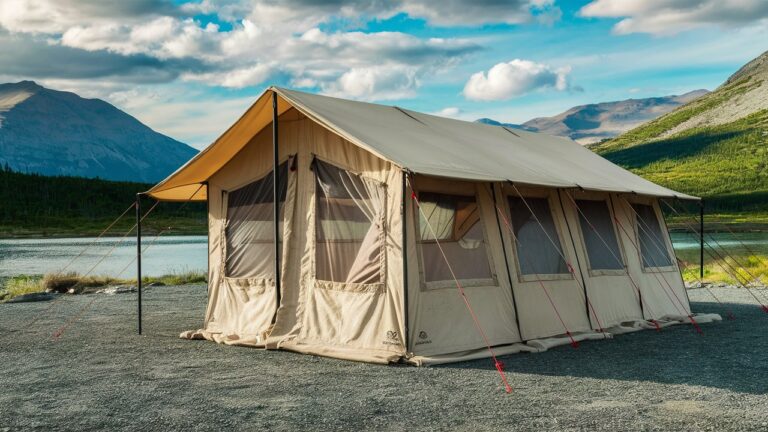
Key Considerations When Choosing Your Glamp Tent
When selecting a glamping tent, keep the following factors in mind:
• Size
Consider how many people will be using the tent and the amount of space you’ll need for sleeping, storage, and possibly even living.
• Weather Resistance
Make sure the tent’s material and structure can withstand the weather conditions typical of your camping location.
• Setup Time
Some tents are more complex to set up than others, so factor in how much time you’re willing to dedicate.
• Comfort Features
Look for tents that include extra features like ventilation, insulation, and space for furniture or equipment.
How to Enhance Your Glamping Experience
To make the most of your glamping tent setup, add elements that increase both comfort and ambiance. Consider the following touches:
• Furniture
Use foldable furniture, plush mattresses, and throw pillows to bring indoor comfort outdoors.
• Lighting
String lights, lanterns, and even small chandeliers can create a cozy atmosphere that adds warmth to your tent.
• Decor
Rugs, curtains, and blankets can turn a simple tent into a personalized space.
• Outdoor Setup
Set up a small fire pit or portable kitchen area outside your tent to extend your living space and enjoy the fresh air.
Final Thoughts
Choosing the right glamping tent depends on your camping style, the level of comfort you seek, and the ambiance you want to create. From the elegance of a safari tent to the modern appeal of a dome tent, the market is full of options that make camping enjoyable for everyone. Whether you’re a first-time glamper or a seasoned tent camping glamping enthusiast, investing in a quality tent transforms an ordinary trip into an unforgettable experience in nature, wrapped in comfort and style.
So pack up, pitch your tent, and embrace the charm of glamping—nature awaits with open arms.
Glamping, short for “glamorous camping,” combines the beauty of the outdoors with amenities typically found in hotels, like comfortable beds, stylish decor, and sometimes even electricity or plumbing. Regular camping usually involves simpler setups with basic tents and sleeping bags, prioritizing ruggedness over comfort.
Safari tents are often the best choice for families, as they provide spacious interiors with multiple compartments, allowing parents and kids to have their own spaces. Bell tents can also be a great family-friendly option, especially if you’re looking for a rustic feel with room to add furniture and sleeping arrangements.
Most glamping tents, especially those made of canvas, are water-resistant or waterproof. However, it’s always best to check the tent’s specifications. Some models come with additional waterproof coatings, while others require users to apply a waterproofing treatment periodically.
Yes, many glamping tents, like yurt tents or safari tents, are suitable for winter camping when equipped with proper insulation and heating sources. Dome tents, especially those with insulated layers, also make great options for cold-weather camping. It’s essential to ensure adequate ventilation and safety when using heaters inside tents.
To keep your glamping tent in good condition, always air it out after each use, brush off dirt and debris, and wipe down the fabric with mild soap and water. To keep your tent maintained, avoid using harsh chemicals that could harm the fabric. Store it in a dry place, and inspect for any mold or wear before each adventure.
While some glamping tents are as easy to set up as regular camping tents, others, like safari tents or yurts, may require more time and specialized equipment like frame poles or ground stakes. Inflatable tents, however, are extremely easy to set up, only requiring an air pump.
Yes, many glamping tents are built to handle high winds, especially those with dome or geodesic designs that enhance stability. However, it’s wise to anchor the tent securely and avoid exposed areas prone to strong gusts.
Yes, many glamping tents can be outfitted with electricity, either through solar panels or portable generators. Some glamping sites even provide electric hookups for campers. Always follow safety guidelines when using electrical appliances and keep cords and devices away from areas prone to moisture.
With proper care and maintenance, a quality glamping tent can last anywhere from 5 to 10 years or more. Factors such as material quality, frequency of use, and how well it’s stored and maintained all affect its lifespan.
Many glamping tents are spacious enough to accommodate pets comfortably. However, it’s essential to check the tent’s durability (particularly the flooring) and prepare a cozy spot for your pet. Some glamping resorts also allow pets, so double-check if you’re staying at an established glamping site.

